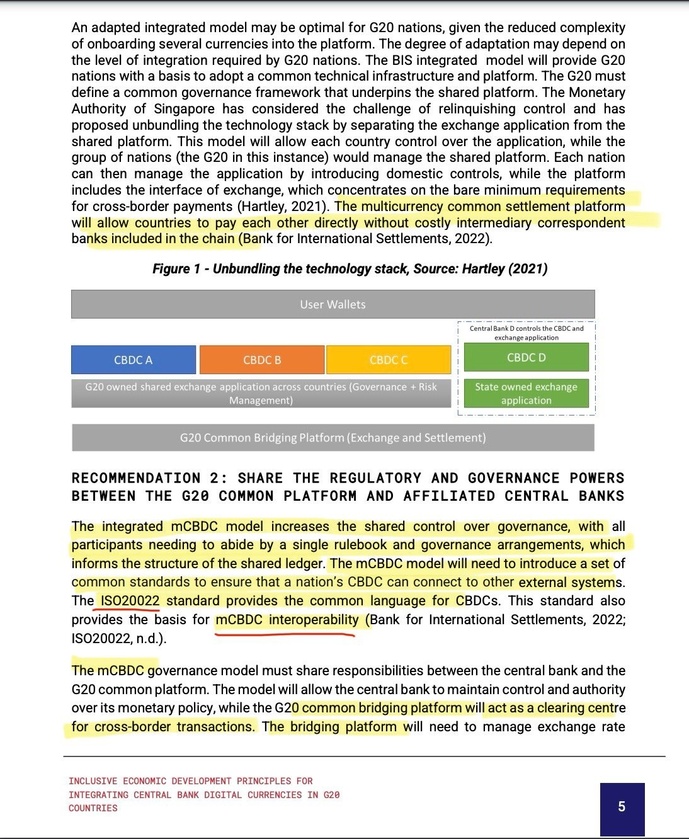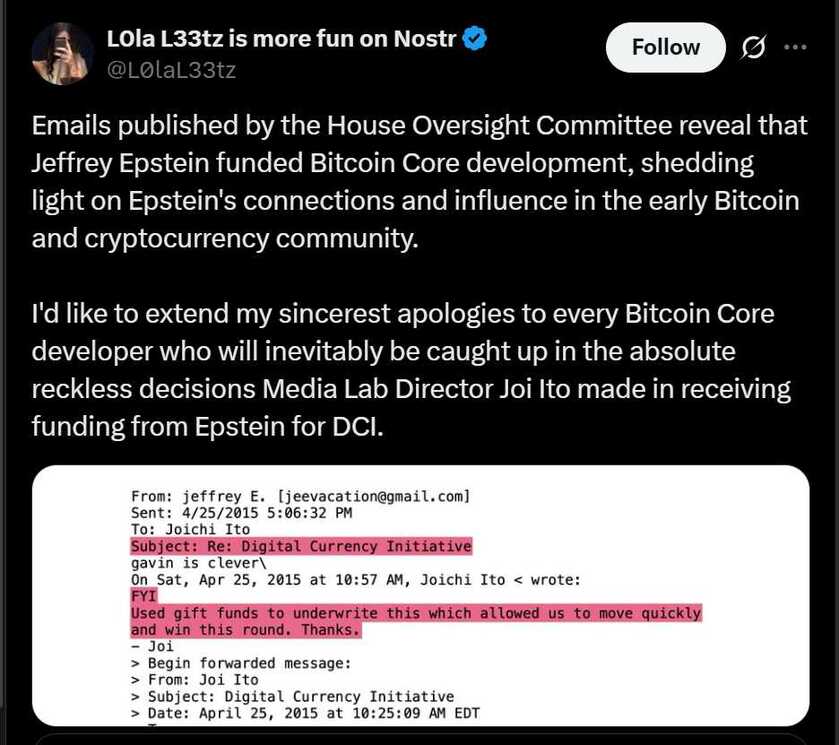XDC Network's acquisition of Contour Network marks a silent shift to connect the digital trade infrastructure to real-time, tokenized settlement rails.
In a world where cross-border payments still take days and trap trillions in idle liquidity, integrating Contour’s trade workflows with XDC Network Blockchains' ISO 20022 financial messaging standard to bridge TradFi and Web3 in Trade Finance.
The Current State of Cross-Border Trade Settlements
Cross-border payments remain one of the most inefficient parts of global finance. For decades, companies have inter-dependency with banks and their correspondent banks across the world, forcing them to maintain trillions of dollars in pre-funded nostro and vostro balances — the capital that sits idle while transactions crawl across borders.
Traditional settlement is slow, often 1–5 days, and often with ~2-3% in FX and conversion fees. For every hour a corporation can’t access its own cash increases the cost of financing, tightens liquidity that could be used for other purposes, which in turn slows economic activity.
Before SWIFT, payments were fully manual. Intermediary banks maintained ledgers, and reconciliation across multiple institutions limited speed and volume.
SWIFT reshaped global payments by introducing a secure, standardized messaging infrastructure through ISO 20022 - which quickly became the language of money for 11,000+ institutions in 200 countries.
But SWIFT only fixed the messaging — not the movement. Actual value still moves through slow, capital-intensive correspondent chains.
Regulated and Compliant Stablecoin such as USDC (Circle) solves the part SWIFT never could: instant, on-chain settlement.
Stablecoin Settlement revamping Trade and Tokenization
Stablecoin such as USDC is a digital token pegged to the US Dollar, still the most widely used currency for trade, enabling the movement of funds instantly 24*7 globally - transparently, instantly, and without the need for any intermediaries and the need to lock in trillions of dollars of idle cash.
Tokenized settlement replaces multi-day reconciliation with on-chain finality, reducing:
- Dependency on intermediaries
- Operational friction
- Trillions locked in idle liquidity
For corporates trapped in long working capital cycles, this is transformative.
Digital dollars like USDC make the process simple:
Fiat → Stablecoin → On-Chain Transfer → Fiat
This hybrid model is already widely used across remittances, payouts, and treasury flows.
But one critical piece of global commerce is still lagging:
👉 Trade finance.
The Missing link is still Trade Finance Infrastructure.
While payments innovation has raced ahead, trade finance infrastructure hasn’t kept up. Document flows, letters of credit, and supply-chain financing remain siloed, paper-heavy, and operationally outdated.
This is exactly where the next breakthrough will happen - and why the recent XDC Network acquisition of Contour is a silent revolution.
It transforms to a new era of trade-driven liquidity through an end-to-end digital trade from shipping docs to payment confirmation – one infrastructure that powers all.
The breakthrough won’t come from payments alone — it will come from connecting trade finance to real-time settlement rails.
The XDC + Contour Shift: A Silent Revolution
- Contour already connects global banks and corporates through digital LCs and digitized trade workflows.
- XDC Blockchain brings a settlement layer built for speed, tokenization, and institutional-grade interoperability and ISO 20022 messaging compatibility
Contour’s digital letter of credit workflows will be integrated with XDC’s blockchain network to streamline trade documentation and settlement.
Together, they form the first end-to-end digital trade finance network linking:
Documentation → Validation → Settlement all under a single infrastructure.
XDC Ventures (XVC.TECH) is launching a Stable-Coin Lab to work with financial institutions on regulated stablecoin pilots for trade to deepen institutional trade-finance integration through launch of pilots with banks and corporates for regulated stable-coin issuance and settlement.
The Bottom Line
Payments alone won’t transform Global Trade Finance — Trade finance + Tokenized Settlement will.
This is the shift happening underway XDC Network's acquisition of Contour is the quiet catalyst.
Learn how trade finance is being revolutionised:

🙏 Donations Accepted, Thank You For Your Support 🙏
If you find value in my content, consider showing your support via:
💳 Stripe:
1) or visit http://thedinarian.locals.com/donate
💳 PayPal:
2) Simply scan the QR code below 📲 or Click Here:

🔗 Crypto Donations Graciously Accepted👇
XRP: r9pid4yrQgs6XSFWhMZ8NkxW3gkydWNyQX
XLM: GDMJF2OCHN3NNNX4T4F6POPBTXK23GTNSNQWUMIVKESTHMQM7XDYAIZT
XDC: xdcc2C02203C4f91375889d7AfADB09E207Edf809A6




























